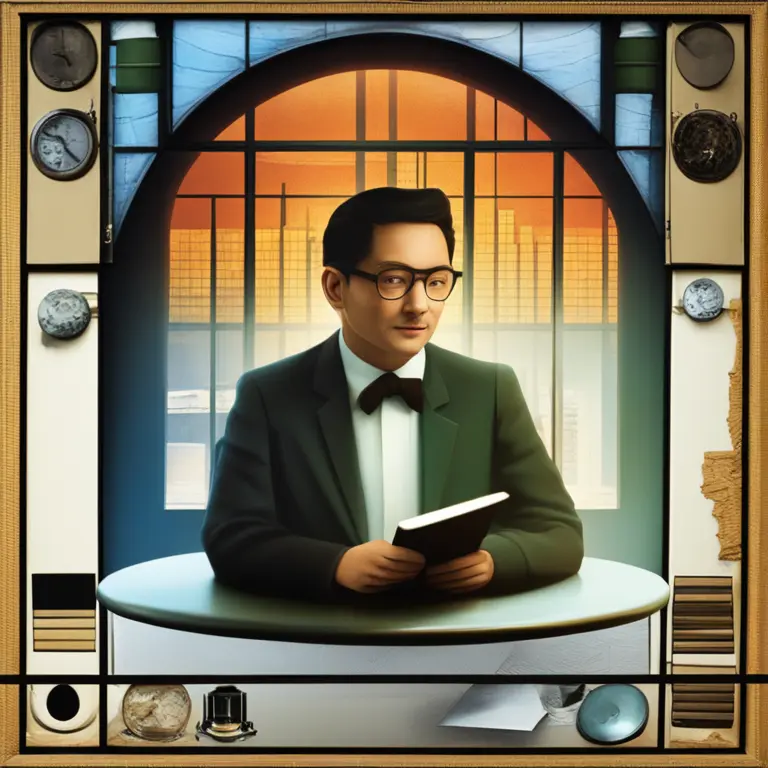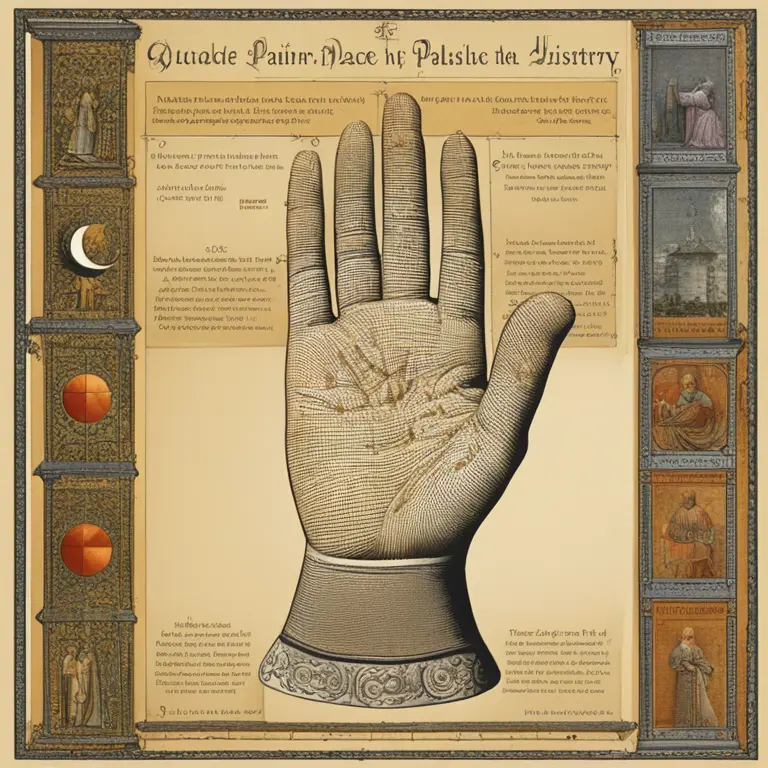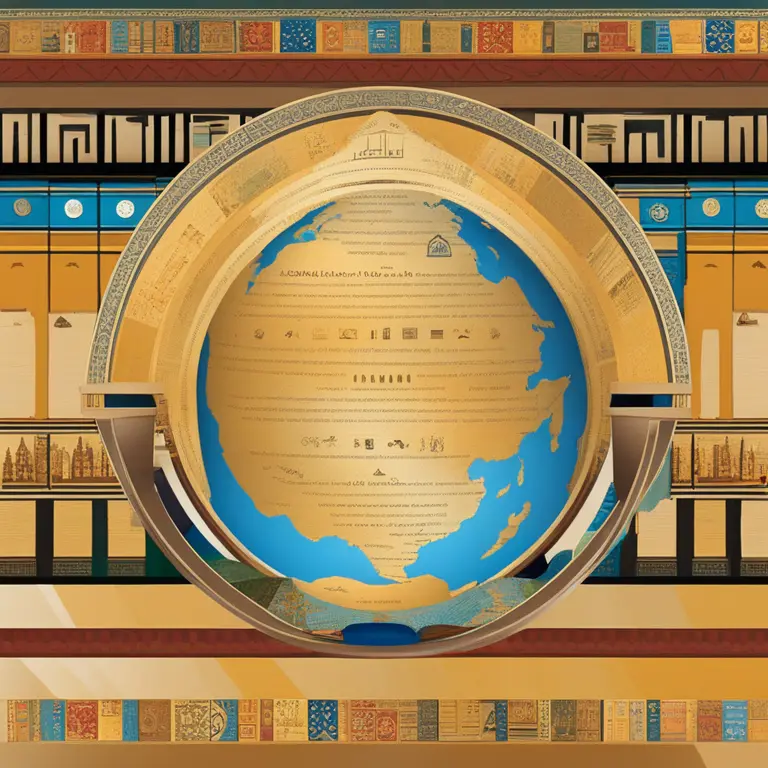
A Historical Perspective of The Palmistry World
Delve into the rich history of palmistry to discover its ancient roots and evolution through time.
article by Nora Pennington
The Dawn of Palmistry
Long before the modern world embraced the notion of palmistry as part of popular culture, the practice had its gestation in ancient civilizations. Palmistry, also known as chiromancy, is believed to have started nearly 5,000 years ago, with roots deeply embedded in regions such as India, China, and ancient Sumeria. Early texts suggest that Hindu sage Valmiki authored a book entitled 'The Teachings of Valmiki Maharshi on Male Palmistry' where he detailed the art, signaling the practice’s significance in historical texts.

Traveling Through Cultures
From its Eastern origins, the knowledge of palmistry spread to other cultures, finding its way to the Western world via drifts of trade and the spread of Alexandria's libraries' wisdom. The Greeks, with figures such as Anaxagoras, contributed their philosophies to the art, integrating the belief that the hands are a microcosm of the self. Aristotle's discovery of a palmistry treatise was later documented by his student Alexander the Great, who allegedly examined the lines of his officers' hands for indicators of loyalty and courage.

Palmistry's Evolution in the Middle Ages
The Middle Ages saw a clash of cultures and knowledge, leading to a complex period for palmistry. The church condemned it as pagan folly while simultaneously being practiced by those who believed in its insights. Despite such persecution, palmistry survived, finding sanctuary within the secretive realms of Romani travelers, who guarded and perpetuated the knowledge as they traversed Europe, thus heavily influencing Western interpretations.

Scientific Interest and Skepticism
The Renaissance reignited a unanimous curiosity in the human body and mind, breathing new life into palmistry. Notable intellectuals like Paracelsus and later Carl Jung explored its psychological aspects, seeking a more empirical foundation. Yet, scientific scrutiny has often dismissed palmistry as pseudoscience, demanding empirical evidence for its practices—a quest that continues today with an open yet critical dialogue between supporters and skeptics.
Modern Palmistry and Digital Expansion
As we move further into the 21st century, palmistry has embraced the digital age. Online platforms and applications offer virtual readings, taking the ancient practice to a global audience. Concurrently, there's a modern-day resurgence of interest in self-discovery and spirituality, with palmistry aligning itself alongside yoga, meditation, and a holistic approach to health and wellbeing, suggesting its adaptability to the evolving human narrative.
Palmistry's Enduring Legacy
Whether as a form of entertainment or a serious study, palmistry's longevity can be attributed to humanity's enduring quest for self-knowledge. Despite centuries of transformation, the fundamental human desire to understand life's mysteries keeps palmistry a relevant and fascinating subject. As we look towards the future, palmistry's tale is far from complete, with each hand it reads writing another chapter in its vast history.
Published: 1/11/2024
Modified: 1/12/2024
More predictions
Come back here soon to learn more about yourself and your future


Can Palmistry Predict Your Path Incorrectly?
Delving into the accuracy of palm readings, this article examines whether palmistry can lead to incorrect predictions about one's life and destiny.


Can Palmistry Foresee One’s Demise?
Delve into the contentious debate about whether palmistry can predict the end of life and the ethical considerations of such a claim.


Palmistry Basics: How to Read Your Hand's Secrets
Learn the basics of palmistry with this guide on how to read the lines and shapes of your hands to reveal insights about your personality and future.